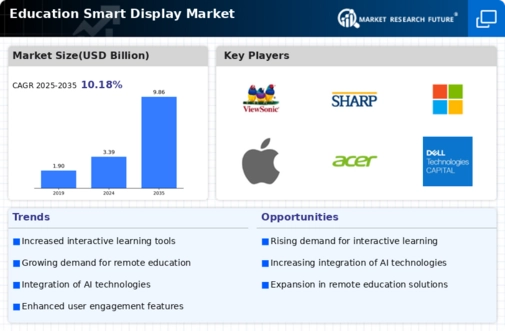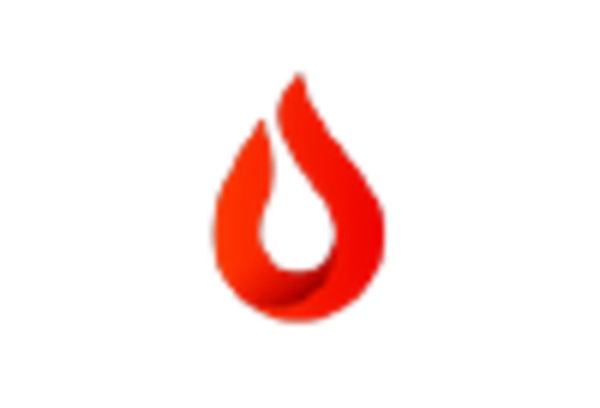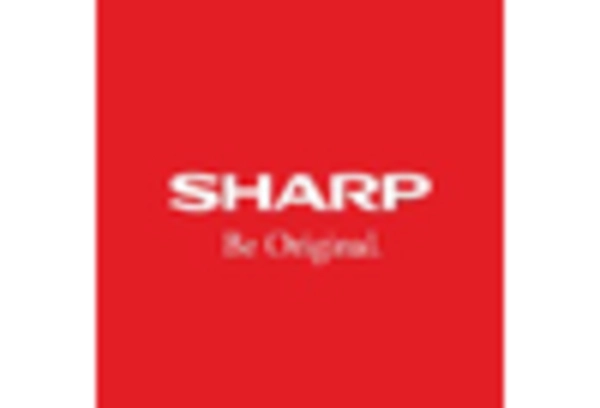North America : Leading Innovation and Adoption
North America is the largest market for education smart displays, holding approximately 40% of the global share. The region's growth is driven by increasing investments in educational technology, a strong emphasis on digital learning, and supportive government initiatives. The demand for interactive displays in classrooms is rising, fueled by the need for enhanced student engagement and remote learning solutions. Regulatory support, such as funding for technology in schools, further catalyzes this growth. The United States and Canada are the leading countries in this market, with major players like Samsung Electronics, LG Electronics, and SMART Technologies establishing a strong presence. The competitive landscape is characterized by continuous innovation and partnerships between educational institutions and technology providers. As schools increasingly adopt smart displays, the market is expected to expand, driven by the need for modernized learning environments.
Europe : Emerging Market with Growth Potential
Europe is witnessing significant growth in the education smart display market, accounting for approximately 30% of the global share. The region's demand is driven by the increasing integration of technology in classrooms, government initiatives promoting digital education, and a growing focus on interactive learning. Countries like Germany and the UK are leading this trend, supported by regulations that encourage the adoption of smart technologies in education. Germany, the UK, and France are at the forefront of this market, with key players such as BenQ Corporation and Promethean Limited actively participating. The competitive landscape is evolving, with a focus on enhancing user experience and educational outcomes. As educational institutions invest in smart displays, the market is expected to grow, driven by the need for innovative teaching tools and collaborative learning environments.
Asia-Pacific : Rapid Growth and Adoption
Asia-Pacific is an emerging powerhouse in the education smart display market, holding approximately 25% of the global share. The region's growth is fueled by rapid urbanization, increasing government investments in education, and a rising demand for interactive learning solutions. Countries like China and India are leading the charge, with initiatives aimed at modernizing educational infrastructure and promoting digital literacy among students. China, Japan, and India are the key players in this market, with companies like Sharp Corporation and ViewSonic Corporation making significant inroads. The competitive landscape is marked by a surge in local manufacturers and international collaborations, enhancing the availability of smart display solutions. As educational institutions increasingly adopt these technologies, the market is poised for substantial growth, driven by the need for innovative teaching methods and improved student engagement.
Middle East and Africa : Untapped Potential and Growth
The Middle East and Africa region is gradually emerging in the education smart display market, accounting for approximately 5% of the global share. The growth is driven by increasing investments in educational technology, government initiatives to enhance digital learning, and a growing awareness of the benefits of interactive displays. Countries like South Africa and the UAE are leading this trend, with efforts to modernize educational facilities and integrate technology into classrooms. South Africa, the UAE, and Kenya are key players in this market, with a focus on enhancing educational outcomes through technology. The competitive landscape is characterized by a mix of local and international players, with companies like Epson America and NEC Display Solutions expanding their presence. As the region continues to invest in education, the market for smart displays is expected to grow, driven by the need for innovative learning solutions and improved access to quality education.
















Leave a Comment